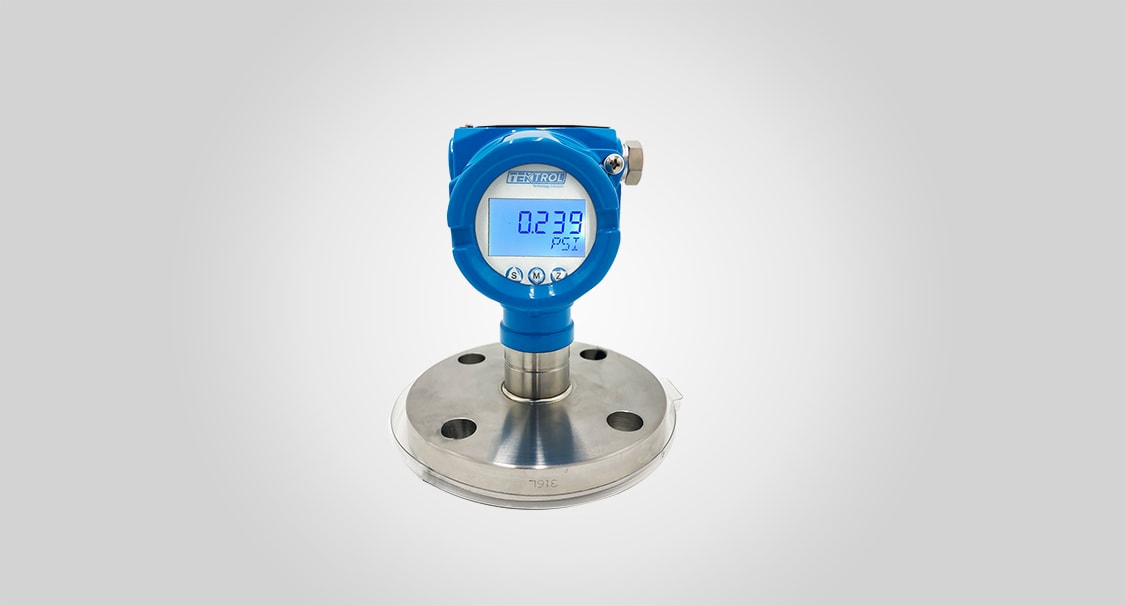Level Transmitter Service
Beach Electrical offers professional level transmitter service for industrial tanks and vessels. Our technicians provide expert installation, wiring, and calibration for your Felton, CA facility.


Top Level Transmitter Service in Felton, CA
Accurate and reliable level measurement is essential for inventory management, process control, and preventing dangerous spills or overflows in any industrial facility. A properly functioning level transmitter provides this critical data. Beach Electrical offers a complete range of level transmitter services for our industrial clients. With over 30 years of experience, our instrumentation technicians are proficient in the installation, wiring, and calibration of all major level measurement technologies. We work with ultrasonic, radar, and pressure based level systems. As 70E and OSHA 30 certified professionals, we always perform our work to the highest safety standards. Ensure the reliability of your critical level measurements with expert service from Beach Electrical in Felton.
Our Level Transmitter Service Locations
Beach Electrical is proud to offer expert level transmitter services to our valued clients throughout the region. We are committed to providing reliable electrical solutions to numerous communities. Below you will find a complete list of the cities and towns we serve.
Years of experience
Client Satisfaction
homes inspected
Completed Service Calls
Level Transmitter Service in Felton, CA
A level transmitter is an industrial instrument designed to continuously measure the height of a liquid, slurry, or bulk solid material within a tank, silo, or other type of vessel. This measurement is then converted into a standardized electrical signal, typically a 4 to 20mA output, which is sent to a control system. This real time level data is crucial for a wide range of industrial applications. It is used to monitor inventory in storage tanks, to control the level in a process reactor, and to activate alarms to prevent a tank from overflowing or running empty. The reliability of this measurement is often critical for the safety and efficiency of the entire process.
There are many different technologies used for level measurement, and our experienced technicians can install and service all of them. One of the most common technologies is non contact ultrasonic level measurement. An ultrasonic transmitter is mounted on top of the tank and sends a high frequency sound pulse down to the surface of the material. The sensor then measures the time it takes for the echo of that pulse to return. The transmitter uses this time measurement, along with the known speed of sound, to calculate the distance to the material’s surface and thus determine the level.
CUSTOM SOLUTIONS
We don’t use cookie-cutter fixes; every job is tailored to your property, equipment, and electrical system needs.
24/7 EMERGENCY SERVICES
We’re available day or night to fix urgent electrical problems and get your power restored safely and fast.
ON TIME, EVERY TIME
We show up when we say we will, ready to work, with no delays, no no-shows, and no excuses.
View All Of Our Electrical Services in Felton, CA
We offer a wide range of expert electrical services to meet all your residential and commercial needs. Our team is equipped to handle any project, big or small, with professionalism and skill. Explore our full list of services to see how we can assist you.
What Makes a Great Level Transmitter Service
A great level transmitter service requires expertise in the various measurement technologies and the precision to install and calibrate them correctly. Beach Electrical ensures your level instruments provide accurate, repeatable data.
Most Common Level Transmitter Service Questions
Level transmitters are a cornerstone of industrial automation, providing critical data for inventory and process control. For those new to instrumentation, the various technologies can be a source of questions. The following answers explain some of the key concepts and technologies in industrial level measurement.
Get The Top Level Transmitter Service Near You
For a free, no obligation estimate on your level transmitter service project, book a call back using our 24/7 self service system or call Beach Electrical directly at (831) 246-4014 today.

